Good Games that Cheat, Vol. 3
By lordgodalming 4 Comments
Good Games that Cheat, Vol. 3
Welcome back. For those of you who missed Vols. one and two, Good Games that Cheat is a little editorial feature that calls out the bullsh*t sections of some truly great games, both old and new. Today, in honor of the recent Lords of Shadow 2 release, we spar with some top-tier brawlers.
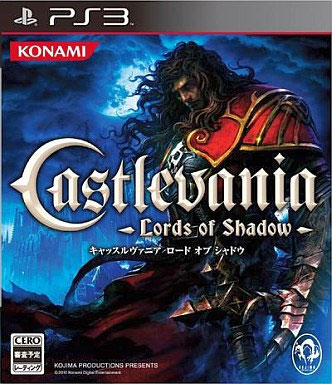
Castlevania: Lords of Shadow
Release Date: 2010
Platform: PC, PS3, X360
Where it cheats: Resurrection DLC *Spoilers*
Mercury Steam’s Castelvania quickly became my favorite action game of the seventh console gen. A real masterpiece…until the DLC. Chapter 13 has some interesting puzzles and a few rather boring and drawn out fights. Chapter 14, on the other hand, is a miserable nightmare. It contains a few poorly choreographed stealth sections with twitchy platforming that the game’s controls really can’t handle, and some multi-wave battles with absurdly overpowered enemies.
And then there is the battle with the final boss, the Forgotten One, which might just be the worst cheating I’ve ever encountered in a 3D action game. And this time when I say “cheating” I don’t mean “difficulty spike” or “old school challenge” or “poor programming.” I mean f***ing cheating. The Forgotten One attacks constantly, switching between direct and AOE attacks, and your only warnings are quick and subtle sound cues that you have to memorize in order to dodge. Not block. Dodge. Despite timed blocks being one of the new Castlevania’s most interesting and tactical techniques, all of the Forgotten One’s attacks are unblockable. He also only takes damage through tiny “weak points” in his armor that change locations throughout the fight. After you knock out each weak point, there is a sadistically unforgiving QTE which, if you fail, sends you back to the last checkpoint (there are three throughout the fight, and if that sounds like a lot, you obviously haven’t played it yet). And if you pass the QTE the boss immediately gets faster and hits harder. On Knight difficulty, this one battle took me nearly two hours to finish. Or to put that another way, the Forgotten One took me longer to beat than ALL FOUR of the boss battles in the Dark Souls Artorias of the Abyss DLC combined.
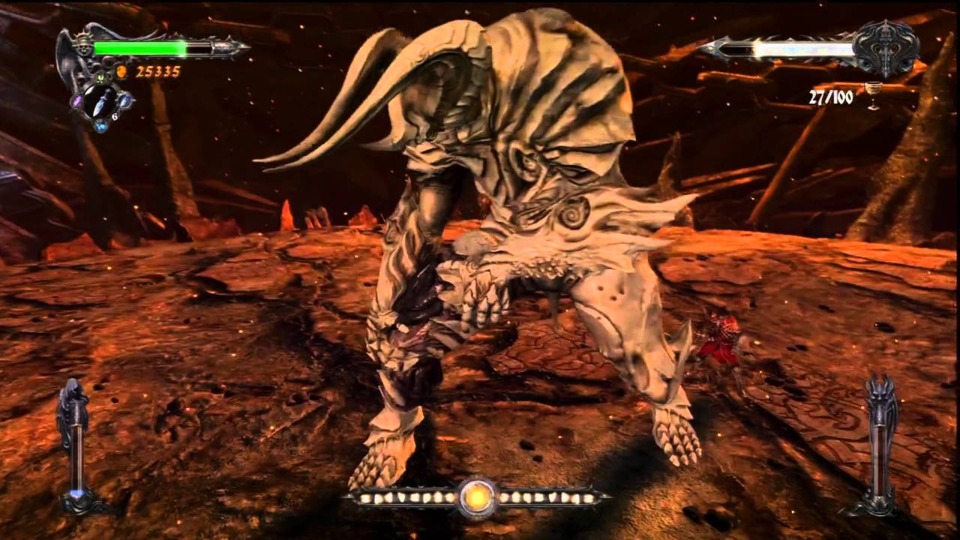
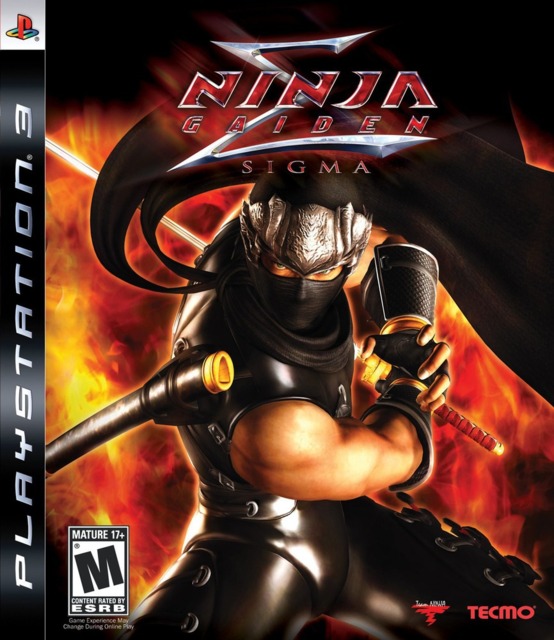
Ninja Gaiden Sigma
Release Date: 2007
Platform: PS3, PSV
Where it cheats: Pas Zuu
I did not own an original Xbox, so I didn’t play the Ninja Gaiden reboot until it appeared as Ninja Gaiden Sigma on PS3. I don’t know if NGS can be credited as starting the HD re-release craze, but no matter what, it was one of the first HD remasters and still one of the best in my opinion. When it came out, it handed many, many unsuspecting people their own asses on a katana-shaped platter. I remember Gamefaqs exploding with HOW DO YOU BEAT ALMA threads, and a buddy of mine actually sold me his copy of NGS for ten bucks after he couldn’t pass the first stage.
But I beat the first stage, and then, with some practice, I beat Alma. After that, things sailed along pretty smoothly until the Chapter 12 boss, Pas Zuu, which is this undead pterodactyl thing that beats its wings, roars, and (why not?) shoots lasers that make the ground explode under your feet. You find it inside something like a ruined cathedral, and it uses the stage’s long layout to its advantage. When you enter the room, it’s perched on one side and you have to run toward it while it roars and sprays lasers everywhere. But when you attack, it chickens out (literally) and flaps awkwardly to the other side of the room, where it can resume roaring and lasering at you.
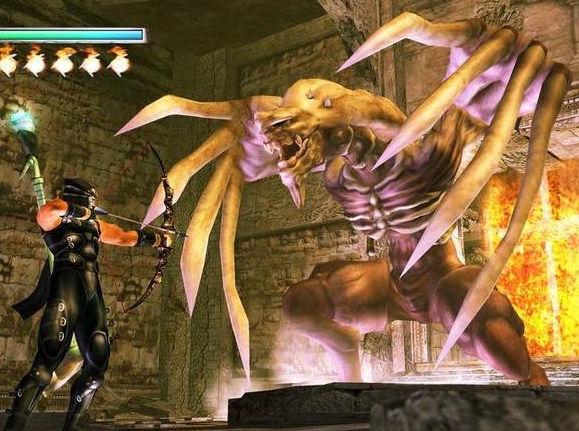
There’s a way to sort of trap it on one side of the stage and attack it without getting hurt, but I’ve never been able to figure it out, so I just jump-roll back and forth across the stage, getting laz-roared and using up all my health potions in the hope of getting in a swipe or two before it runs away again. Adding to the misery, if you get hit close to the boss, it flies away before you can even hit it once, forcing you to head back in the other direction for another try. The first time I got to this boss, I used several health potions without landing a single hit. The whole thing is a sour cocktail of cheating and tedium, with liberal splashes of rage-ohol.
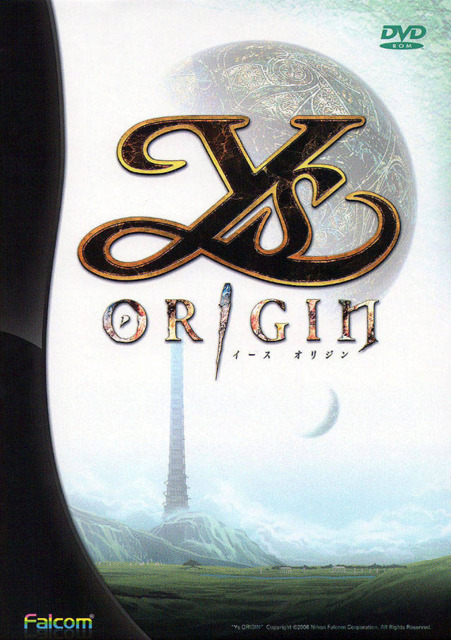
Ys Origin
Release date:
Platform: PC, PSP
Where it cheats: Gelaldy (lava boss)
Because I apparently hate myself, I decided to “get into” the Ys series. From the reviews, it sounded like a mixture of old school action games and Diablo. Count me in! I selected Origins because 1) it is the first game in the series timeline and I am a slave to story, and 2) it was two bucks on Steam.
I selected mighty Yunica as my character—so few games let you play as female characters that I always go for the option when it’s there, just to change things up—got my battle orders from this sentient tree thing, and started bashing my way through Darm Tower to…save twin goddesses from…something? In retrospect I probably shouldn’t have worried about the story. But the game is tough and fun, with a speedy, tactical combo system and lots of weapons and gadgets to try out. Enemies are fast and powerful, and bosses are a real treat. Bringing down one of them requires not just mastery of the combat system, but observation and patience too.
And then you get to the boss at the end of a lava stage (because what impossibly tall tower DOESN’T have a few floors made of lava?), and the game just ends. Or at least it did for me. The boss sits in the middle of a round path that floats on the surface of the lava and you run around the path, trying to avoid the boss’s many different attack patterns and maybe, just maybe, getting in a hit or two, chipping away at its ludicrously long life bar. And want to try out different weapons or perks to see if they work better on the boss than whatever you have currently equipped? Well, too effing bad. You can’t access your equipment menus during the boss battle. Yeah. Cheating.
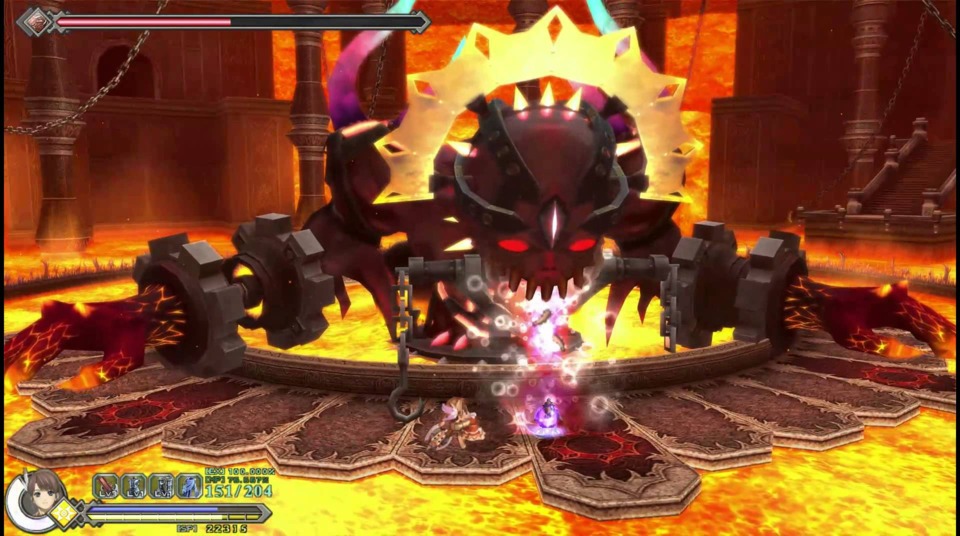
So there you have it. Three more beloved games I want to punch in the face. I welcome all civilized comments, even if they’re to tell me I’m terrible at video games or I’m not using the word “cheat” correctly. See you next cheat.

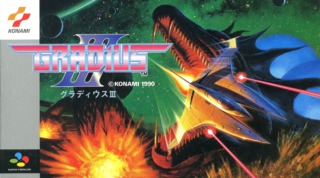

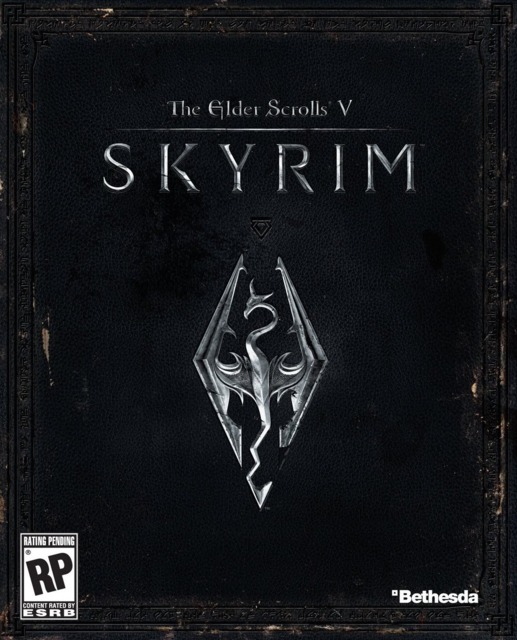
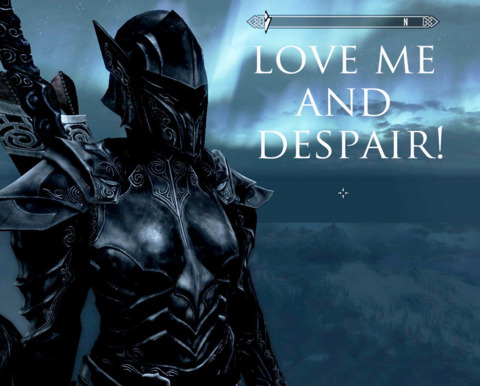
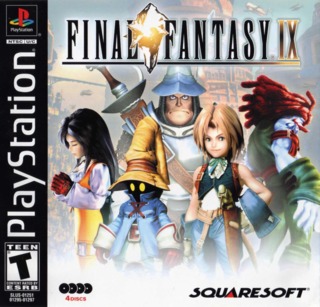
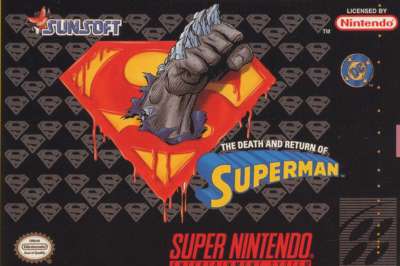
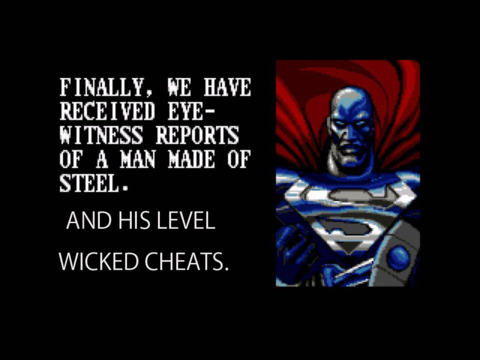
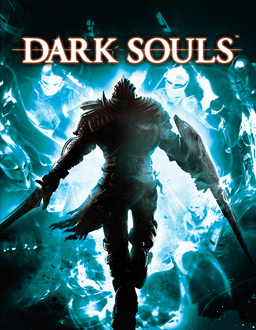
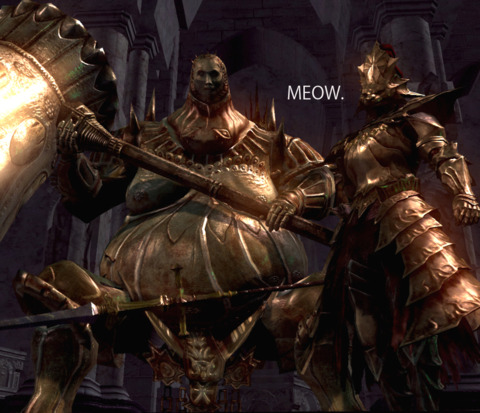
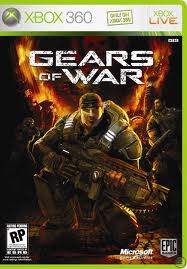
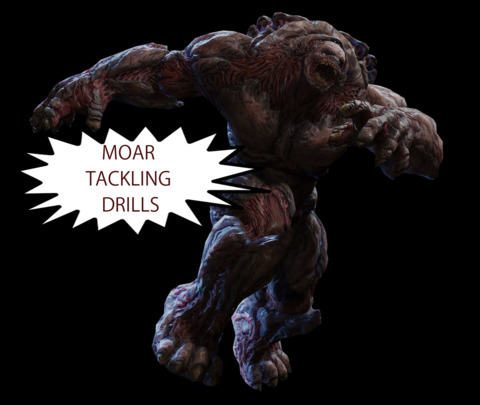
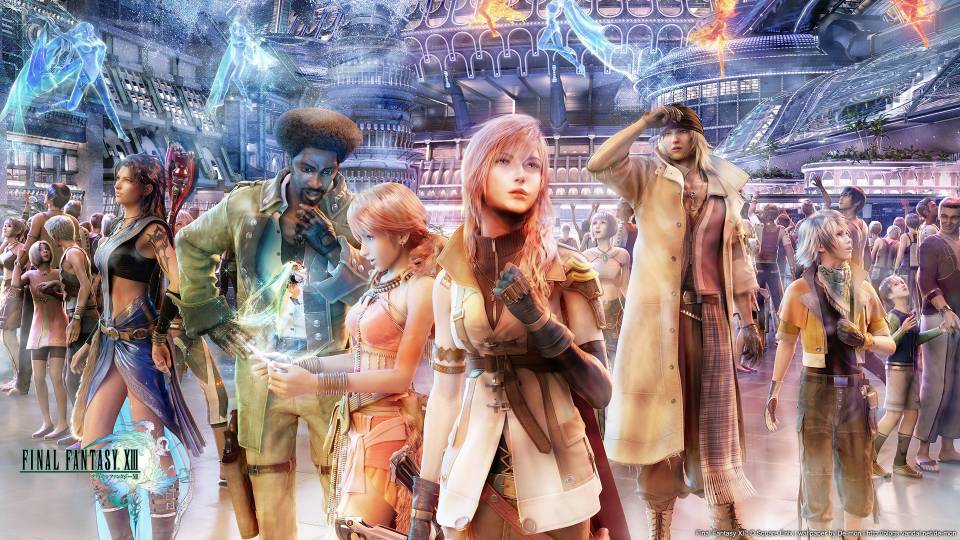
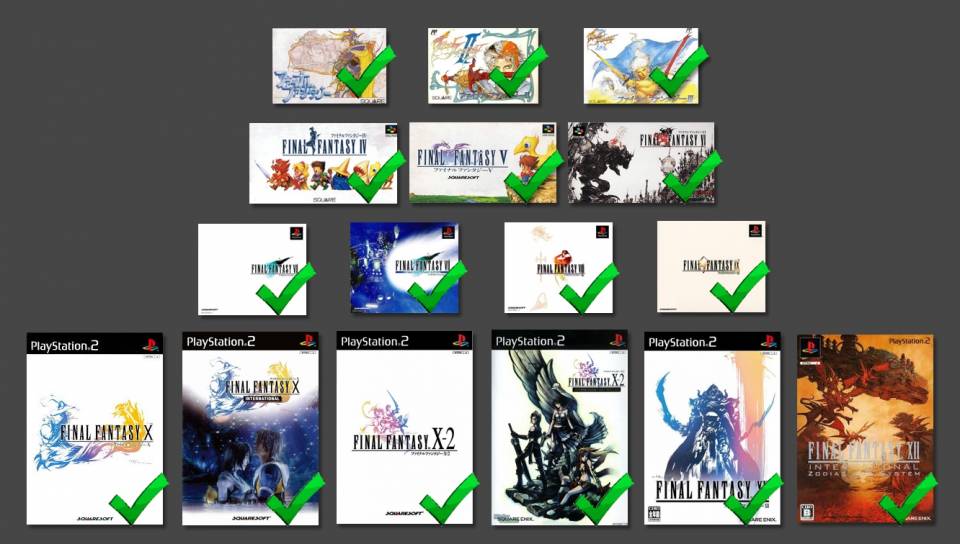
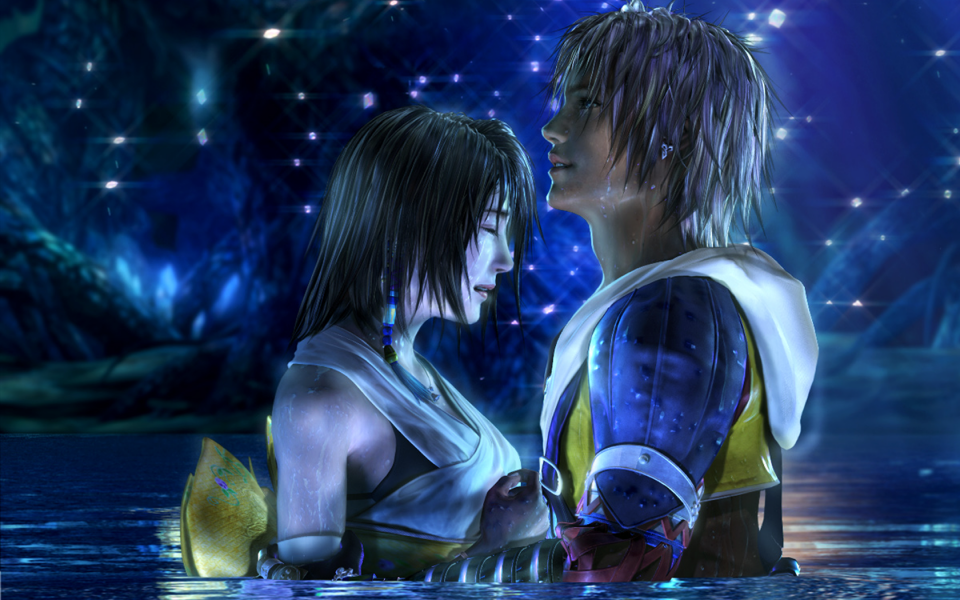
Log in to comment